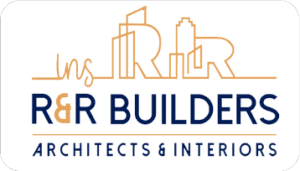The 21st century is emerging as the 3D age, and it’s no surprise that the once novel technology has discovered its way into the corporate realm. 3D printers have been around since the 1980s, but simply newly has the global production world taken note. The applications for use in construction seem self-explanatory, since developing something from basic materials is what the construction business does.
Despite the obvious advantages of printing elements in-house, 3D printing devices provide a wealth of applications beyond decreasing the time of a supply chain. Multinationals are executing the technology at a fervent pace, seeing the gains that 3D printing can have on their bottom-line.
Reduced Supply Costs
3D printing will save construction firms up to 50 percent on the cost” of creating a house. This could prove to be a lifesaver for building managers with a path to this technology and could point to improved combat within the construction field. Competition indicates lower prices for consumers, which could mean a change from a rental to an ownership mindset.
Global Development
Often as automation and mechanization rise, prices drop. 3D printing is an affordable approach to build a home for the impoverished in need of adequate shelter.
Greener Construction
Wealth Daily recommends that with the advent of 3D printing, “The value of lumber in the home’s structure would be spared.” This is a great promotion for green construction firms and a frightening development for the lumber business.
Developed Project Planning
An essential part of each project plan is designed. With 3D printing, companies will be able to instantly and cheaply create models to have a visual representation of the project as well as help pinpoint difficulty measures and avoid obstacles.
Streamlined Client Expectations
With 3D printing, construction professionals and their clients can talk more clearly and efficiently. Even a client with no architectural experience can better communicate their needs and guarantee that everyone is on the same page. Much of a client’s expectations come from an idea, and 3D print makes it simple to develop that idea beyond the dated method of pencil and paper.
Despite the unbelievable potential, many development professionals remain wary of the affect 3D printing could have on their company. Expanded automation and mechanization have been detrimental to fidgety labor markets in the past


